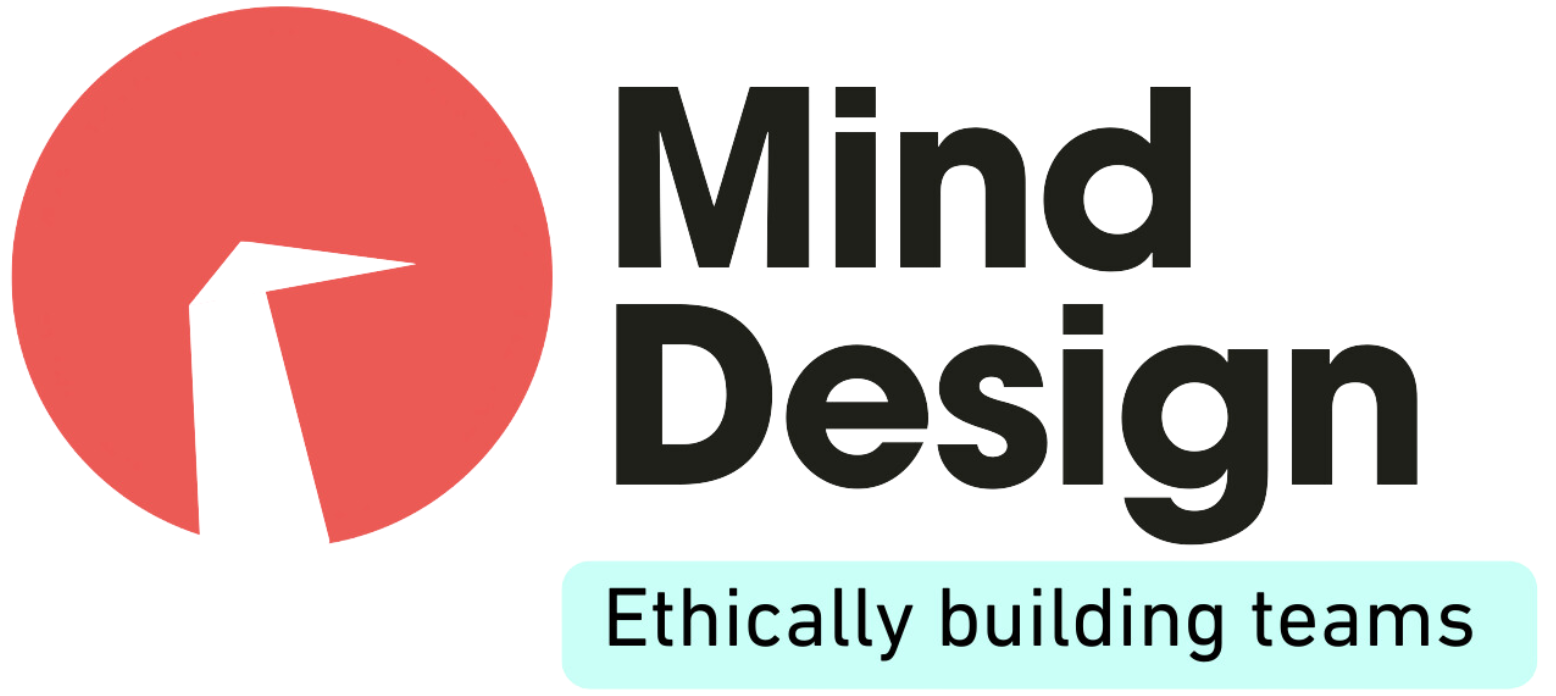The vitality of agile, quick-thinking employees in propelling innovation and attaining organizational objectives cannot be overstated. Yet, orchestrating the potential of these dynamic individuals necessitates a strategic framework rooted in meticulous performance evaluation and leadership cultivation.
Insights gleaned from reputable sources such as the Society for Human Resource Management (SHRM) underscore the transformative effects of robust performance assessment structures on both employee engagement up to → a 20% increase and overarching organizational efficacy.
Moreover, scholarly investigations documented in esteemed publications like the Journal of Applied Psychology accentuate the pronounced inclination towards innovation among dynamic personnel → a 25% increase in innovative solutions within organizations.
Crafting a strategic blueprint to leverage the capabilities of dynamic employees entails a tripartite focus on performance assessment, leadership enrichment, and the cultivation of an agile ethos within the organizational fabric.
Firstly, the implementation of sophisticated performance evaluation mechanisms furnishes organizations with the means to discern and duly recognize the contributions of dynamic team members. This can lead to → a 15% improvement in overall organizational performance metrics.
Subsequently, investment in leadership development initiatives furnishes managerial echelons with the requisite competencies to effectively engage and empower dynamic personnel. These programs, as advocated by insights from the Center for Creative Leadership (CCL), may center on honing coaching and feedback proficiencies, thereby engendering heightened employee contentment and bolstering team performance→ a 30% enhancement.
Lastly, the nurturing of an agile culture predicates an environment conducive to experimentation and continual enhancement, thereby fostering innovation. Insights from studies conducted by McKinsey & Company underscore the tangible dividends of agility on financial performance, with up to → a 25% increase in revenue growth, accentuating the imperative of embracing flexibility and adaptability as organizational hallmarks.
So it's crucial for organizations to embrace this mindset and reap the tangible dividends of agility on financial performance.
While dynamic employees can drive growth and innovation, their management requires careful consideration and strategic investment. By implementing robust performance assessment mechanisms, fostering a culture of agility, and prioritizing leadership development, organizations can maximize the potential of their dynamic teams and achieve sustainable business success.
Insights gleaned from reputable sources such as the Society for Human Resource Management (SHRM) underscore the transformative effects of robust performance assessment structures on both employee engagement up to → a 20% increase and overarching organizational efficacy.
Moreover, scholarly investigations documented in esteemed publications like the Journal of Applied Psychology accentuate the pronounced inclination towards innovation among dynamic personnel → a 25% increase in innovative solutions within organizations.
Crafting a strategic blueprint to leverage the capabilities of dynamic employees entails a tripartite focus on performance assessment, leadership enrichment, and the cultivation of an agile ethos within the organizational fabric.
Firstly, the implementation of sophisticated performance evaluation mechanisms furnishes organizations with the means to discern and duly recognize the contributions of dynamic team members. This can lead to → a 15% improvement in overall organizational performance metrics.
Subsequently, investment in leadership development initiatives furnishes managerial echelons with the requisite competencies to effectively engage and empower dynamic personnel. These programs, as advocated by insights from the Center for Creative Leadership (CCL), may center on honing coaching and feedback proficiencies, thereby engendering heightened employee contentment and bolstering team performance→ a 30% enhancement.
Lastly, the nurturing of an agile culture predicates an environment conducive to experimentation and continual enhancement, thereby fostering innovation. Insights from studies conducted by McKinsey & Company underscore the tangible dividends of agility on financial performance, with up to → a 25% increase in revenue growth, accentuating the imperative of embracing flexibility and adaptability as organizational hallmarks.
So it's crucial for organizations to embrace this mindset and reap the tangible dividends of agility on financial performance.
While dynamic employees can drive growth and innovation, their management requires careful consideration and strategic investment. By implementing robust performance assessment mechanisms, fostering a culture of agility, and prioritizing leadership development, organizations can maximize the potential of their dynamic teams and achieve sustainable business success.

